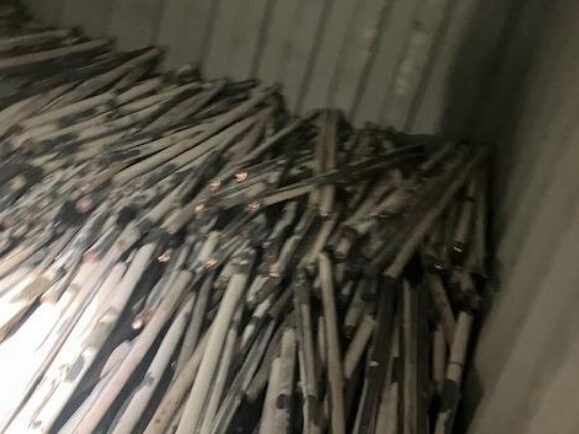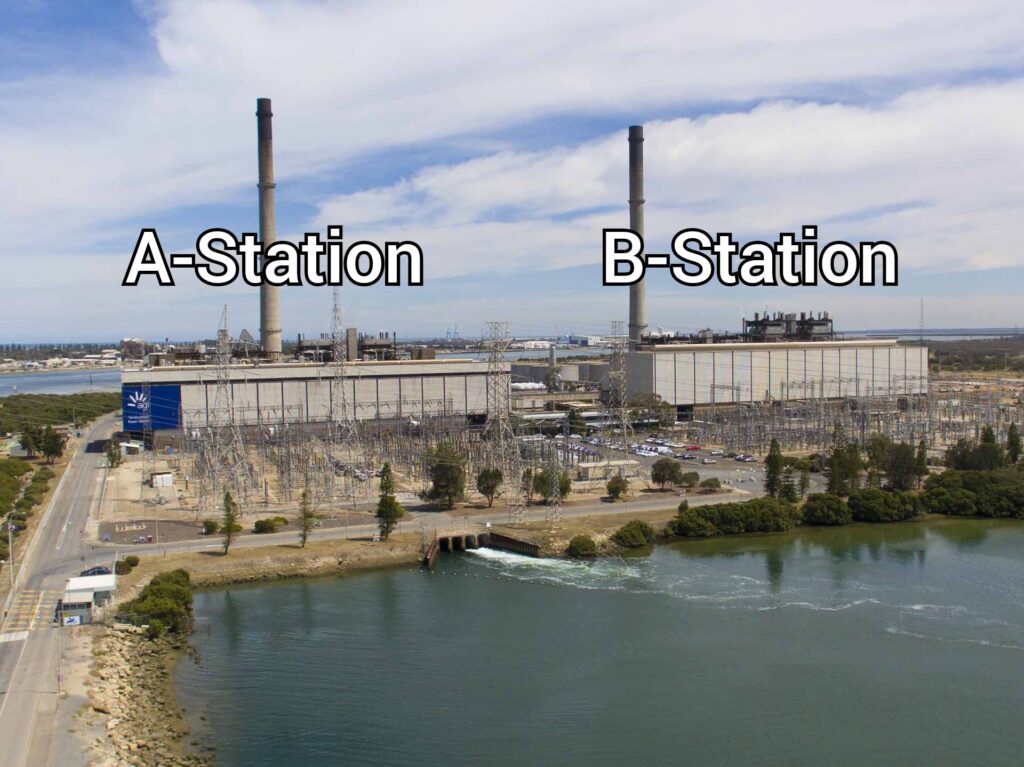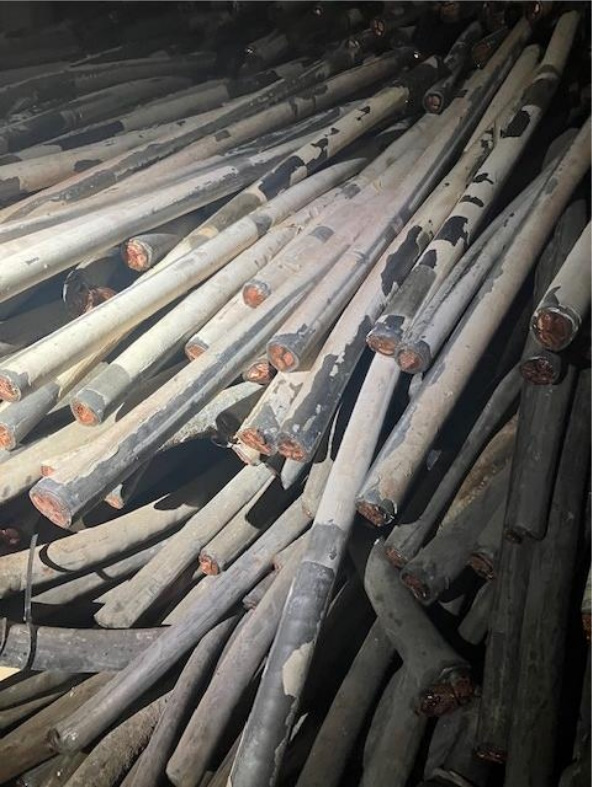Between October 2022 – April 2023 lead risk work was carried out at AGL Torrens Island Power station as part of decommissioning the A-Station turbine hall in preparation for demolition.
During this period workers were tasked with cable spiking, cutting, carrying, grinding and removing lead covered cables from cable trays and switchboards. PPE was not worn and at the time there were no company policies or procedures in place to deal with lead risk work.
As a result, the workers were directly exposed to lead and returned elevated blood level readings from both inhalation, skin absorption and ingestion. Workers also transported lead dust home on their work uniforms and in their cars due to not showering and changing clothes before leaving the worksite. Multiple workers have tested positive for lead after being sick and experienced lead poisoning symptoms such as chronic fatigue, weight loss, headaches, lethargy, nausea, vomiting, constipation and insomnia.
“I was completely shocked by the lack of knowledge or awareness of the presence and dangers of lead, across both the workers and the company,” said CEPU SA Organiser Max Mawby.
“While everybody was taking precautions against asbestos, another serious danger to their health was lurking right under their noses.”
What should you do if you believe there could be potential exposure to lead at your workplace?
Once the Union found out what was happening, it investigated the site and reported the incident to SafeWork SA, forcing the company to conduct testing and cleaning of the site and workers’ cars and homes.
At Torrens, even those not involved in the direct work in A-Station could have been potentially exposed to lead dust spread to all areas of Torrens on clothing, skin and footwear, due to the cross contamination of all areas through foot traffic. This led to concern about the risk of take-home lead in all workers cars and homes.
All AGL Torren’s employees and contractors were advised to contact AGL Human Resources to organize a blood test as well as a full car and house swab test to rule out any exposure to workers and their families due to take-home lead. If the tests came back positive, then those cars and houses needed to be cleaned and then retested to make sure cleaning was adequately done.
One member became quite ill from the exposure, and some members have concerns over potential exposure of their young children to the lead.
Personal hygiene is imperative to make sure you don’t take lead home with you, for example carrying lead dust on work clothes and boots. Workers should shower before going home, change into clean clothes and leave all work clothing at work to be laundered.
There is no ‘safe’ level of lead exposure. Lead can be harmful to people of all ages, but the health risk is highest for unborn babies, infants and young children. Lead dust can readily transfer into your vehicle and baby/child car seats, and onto your carpets, floors, furniture and other surfaces at home.
“It is totally unacceptable for AGL to have exposed their workers to this dangerous material with absolutely no policies or procedures in place to protect them,” said CEPU SA State Secretary John Adley.
“There are so many potential dangers in our profession, and having high safety standards and protocols is of the utmost importance to protect workers and ensure that everyone comes home at the end of the work day,” he said.
The CEPU SA is in constant contact with members and AGL on what is happening.
Please remember your rights when it comes to health and safety. Contact your Union if you’re asked to work in an unsafe area.


